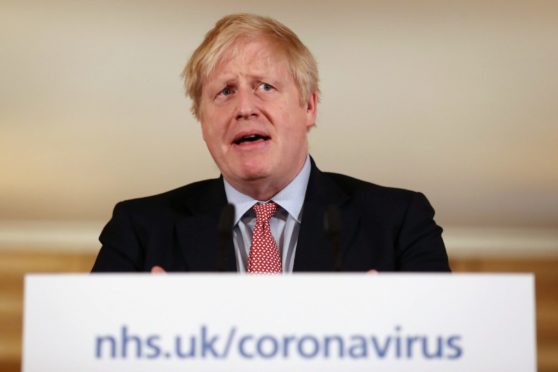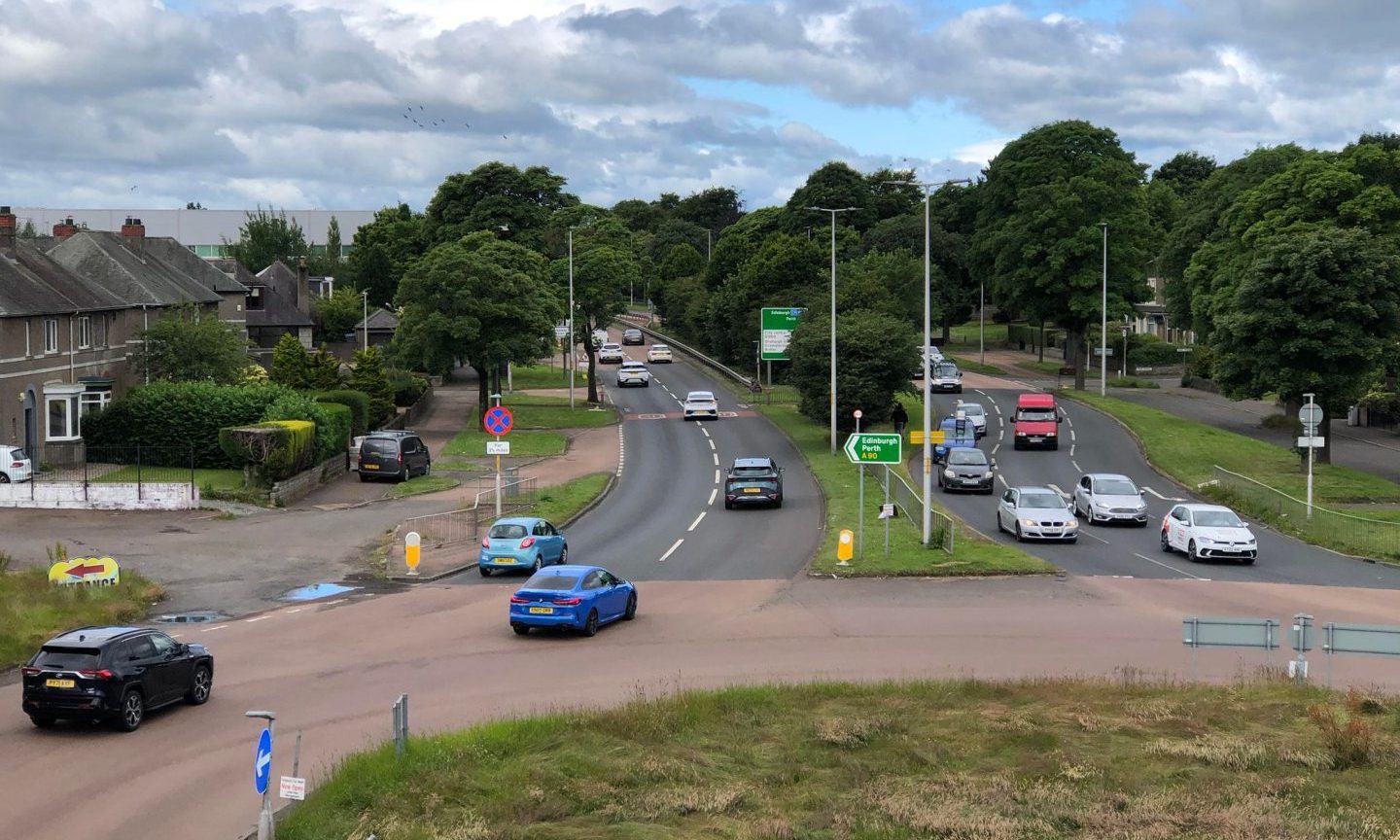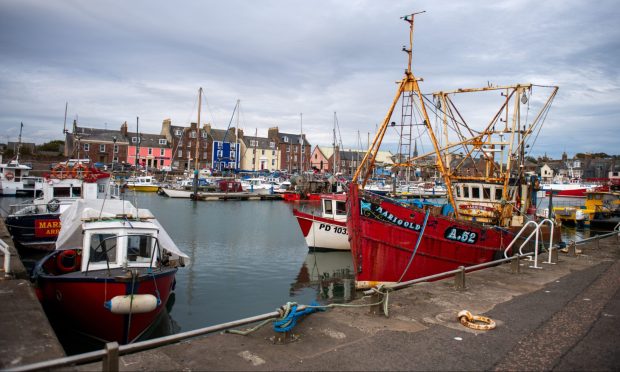A list of “key workers” has been released following the government’s school closures announcement.
Frontline health and social care staff, people involved in food production and delivery, and utility workers are among those deemed “essential” to the Covid-19 response.
Inclusion on the list means those workers can continue to take their child or children to school, despite education centres being closed to the rest of the population from Friday afternoon.
Here is the list of workers whose children will be prioritised for schooling:
Health and social care
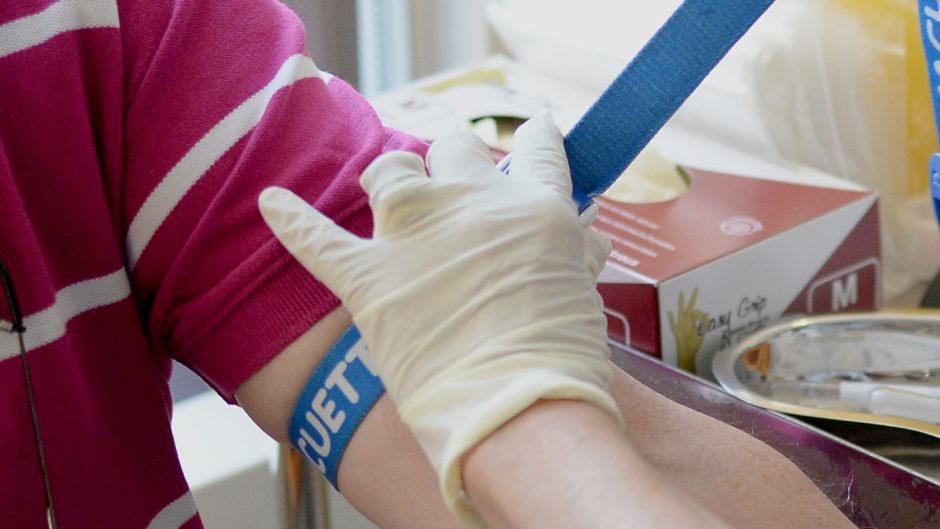
This includes frontline health and social care staff – such as doctors, nurses, midwives, paramedics, as well as support and specialist staff in the health and social care sector. In addition, those working in supply chains, including producers and distributors of medicines and personal protective equipment are included.
Education and childcare
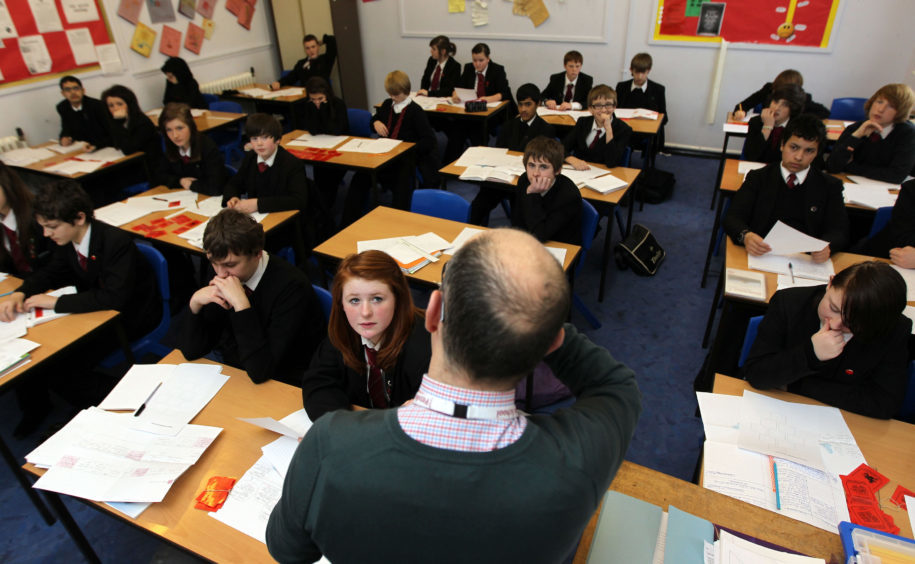
This includes nursery, teaching staff and social workers, as the department said these workers are required to deliver their plans.
Key public services
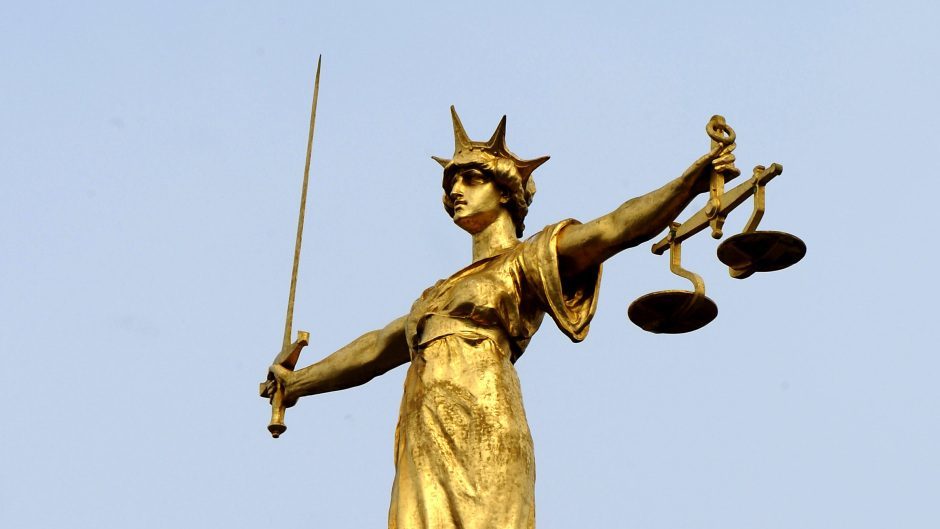
Those required to run the justice system, religious staff, as well as those responsible for managing the deceased and journalists providing public service broadcasting are on the list.
Local and national government
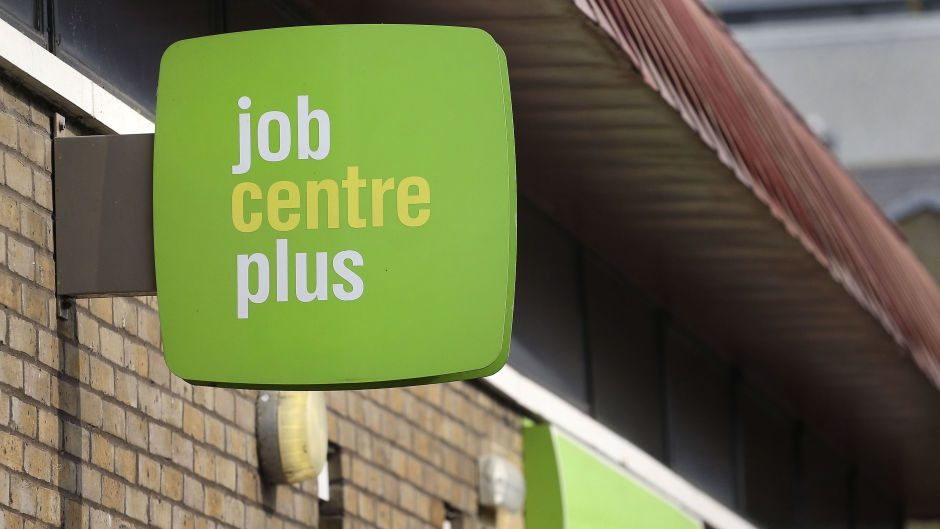
The list “only includes administrative occupations essential to the effective delivery of the Covid-19 response or delivering essential public services”, including payment of benefits.
Food and other necessary goods
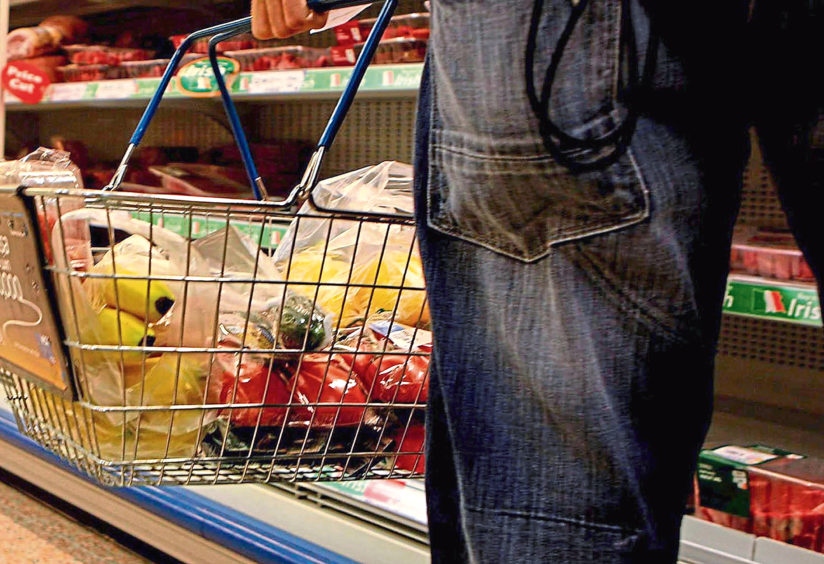
The list includes those involved in the production, processing, distribution, sale and delivery of food.
Public safety and national security
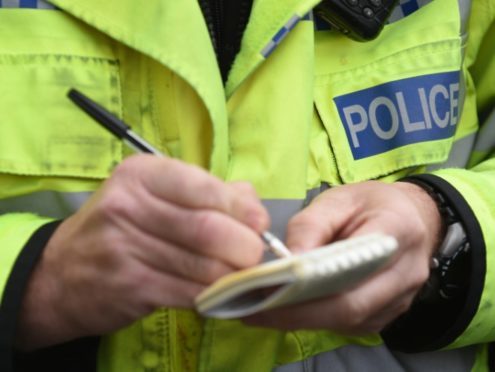
Police, support staff, Ministry of Defence civilian staff and armed forces personnel are on the list, along with fire and rescue staff, as well as those responsible for border security, prison and probation staff.
Transport
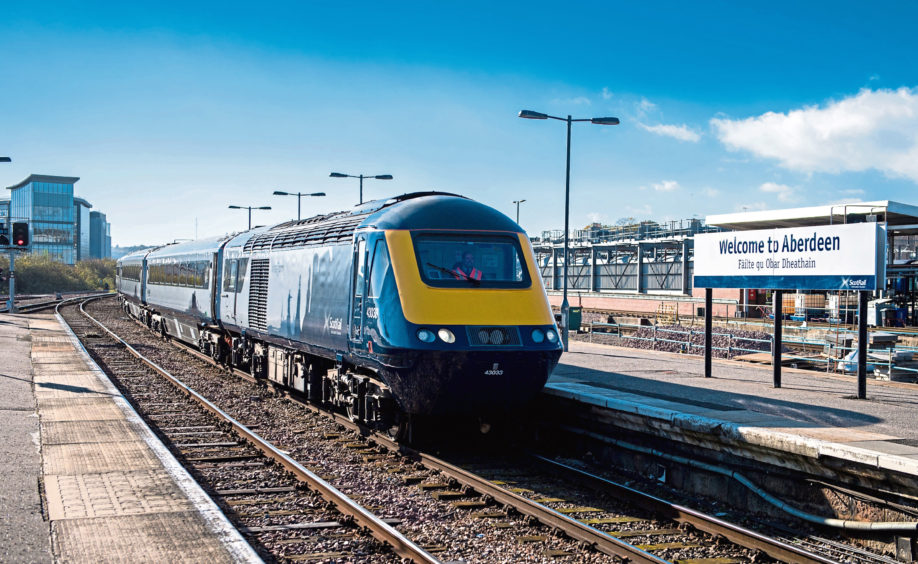
The list includes those who will keep “air, water, road and rail passenger and freight transport modes operating during the COVID-19 response”.
Utilities, communication and financial services

Staff required to keep oil, gas, electricity, water and sewerage operations running are on the list, along with those in the civil nuclear, chemical and telecommunications sectors. Those in postal services and working to provide essential financial services provision are also included.
